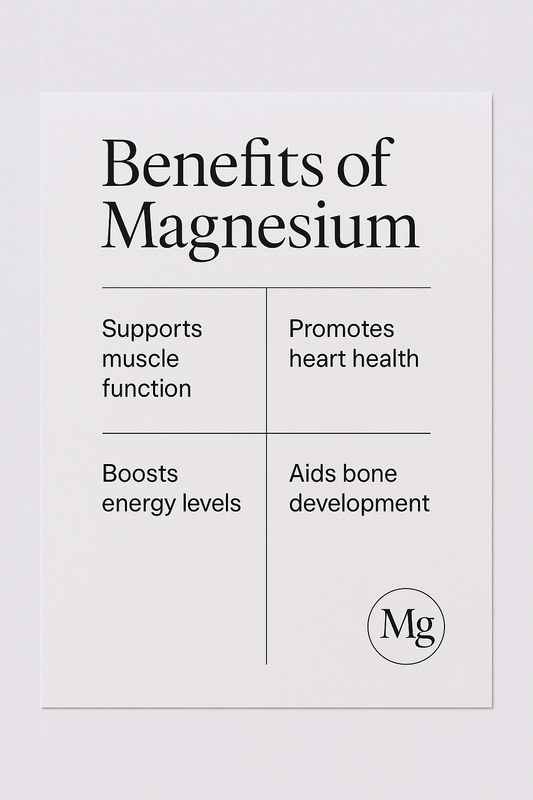Rubber and latex are widely used materials, but their differences often lead to confusion. While they share a connection, their characteristics, sources, and applications vary significantly. This guide breaks it all down, so you can better understand which material is right for your needs.
What Are Rubber and Latex?
Rubber and latex are closely related, but they’re not the same.
- Natural Rubber: Comes from the latex of the rubber tree (Hevea brasiliensis), a milky white liquid harvested through a process called tapping. This latex is a milky fluid and a complex emulsion containing rubber particles and polymer particles.
- Latex: Refers to a substance found in the sap of many flowering plants, especially the rubber tree. It is a stable emulsion of polymer microparticles and rubber particles dispersed in an aqueous medium (liquid form). The term latex describes this milky fluid in its natural state, which is a complex emulsion before it is processed into solid rubber or latex-based products. There is a difference between latex and rubber: latex is the liquid form (emulsion) collected from flowering plants, while rubber is the solid substance produced after processing. Latex can be natural (rubber tree-derived) or synthetic (made from petroleum-based materials).
Key Differences:
- Natural Rubber Latex: Also referred to as latex natural rubber, it is derived from the sap of the rubber tree and is known for its tensile strength, elasticity, and water resistance. The properties of natural latex, such as its biological origin, natural composition, and presence of allergenic proteins, distinguish it from synthetic latex.
- Synthetic Latex: Made from compounds like styrene and butadiene, offering heat resistance and durability.
Understanding these differences is essential, especially when selecting materials for medical devices, consumer products, or industrial applications.
Types of Rubber
Rubber can be classified into two main categories: natural and synthetic. There are many types of rubbers, each with unique properties that make them suitable for different applications across industries such as automotive, construction, and consumer goods. Natural rubber is derived from latex found in certain plants, while synthetic rubber is produced through chemical processes. Synthetic rubbers are engineered for specific performance characteristics, offering enhanced resistance, durability, and versatility for a wide range of industrial and consumer uses.

1. Natural Rubber
- Derived from the latex of rubber trees.
- Natural rubber is made from natural latex harvested from the hevea brasiliensis tree and many plants, including milkweed and mulberries.
- The process of tapping rubber trees to collect latex requires skilled workers, who play a crucial role in the manufacturing process.
- The harvested latex is processed into both liquid and solid forms, including dry natural rubber and special grade products manufactured for specific uses.
- Known for its elasticity, water resistance, and chemical resistance.
- Commonly used in products like gloves, balloons, and rubber bands.
2. Synthetic Rubber
- Created from petroleum-based materials like styrene-butadiene rubber (SBR), synthetic rubber is produced by the polymerization of monomers to form polymers.
- Offers additional properties such as heat resistance, durability, and is engineered to resist various chemicals.
- Commonly used in tires, industrial seals, and specialized gloves.
The manufacture of synthetic rubber involves processing petroleum-based chemicals through controlled industrial methods to create durable polymers.
Other Types of Rubber:
Nitrile Rubber: Resistant to oils, used in nitrile gloves.
Neoprene Rubber: Offers heat and weather resistance, used in wetsuits.
Silicone Rubber: Flexible and heat-resistant, used in cookware and medical applications.

Key Difference:
Natural rubber is elastic and versatile but prone to latex allergies, while synthetic rubber offers tailored properties for specific industrial needs and is often more resistant to certain substances.
Latex and Its Uses
Latex is incredibly versatile and used across many industries. It is a key material in the production of a wide range of rubber products, including car tires, chewing gum, and many other items found in medical, industrial, and consumer sectors.
Natural Latex
Harvested from rubber trees and processed into flexible, elastic products.
Commonly used for:
Medical gloves
Balloons
Rubber bands
Paint
Synthetic Latex
-
Made from petroleum-based materials.
-
Used in applications where natural latex may not be suitable, such as nitrile gloves or weather-resistant paints.
How Latex Products Are Made
Dipping processes are commonly used to manufacture flexible latex products, such as gloves and balloons, by immersing forms into liquid latex to achieve seamless, elastic shapes.
During the latex stage of production, the latex is processed, coagulated, or modified before being used to create rubber products.
Properties of Rubber and Latex
The properties of latex and rubber depend on their source and processing methods, and both materials have desirable properties that make them suitable for various applications.
-
Natural Rubber Latex: Known for its flexibility, elasticity, and excellent tensile strength, making it ideal for products that require repeated stretching, twisting, and compression.
-
Synthetic Rubber: Offers specific advantages such as resistance to oil, chemicals, and temperature extremes, depending on the type.
It is worth noting that the selection between latex and rubber should consider the specific desirable properties required for the intended application, as well as any potential allergies or sensitivities.
Natural Rubber Latex
- Tensile Strength: High resistance to breaking under tension.
- Elasticity: Ability to stretch and return to its original shape.
- Water Resistance: Effective in moisture-prone applications.
Synthetic Latex
- Heat Resistance: Performs well under high temperatures.
- Durability: Longer lifespan in harsh conditions.
These properties make both natural and synthetic latex ideal for products requiring flexibility, elasticity, or durability.
Health Considerations
Latex allergies are a significant concern, especially for individuals frequently exposed to natural rubber latex products. Latex allergy is a reaction to proteins found in natural rubber latex, which can trigger allergic responses in sensitive individuals.
Latex Allergies
- Allergic reactions can range from mild skin irritation to severe anaphylaxis.
- People in healthcare, where latex gloves are common, are particularly at risk.
Alternatives to Natural Rubber Latex
- Nitrile Gloves: A safer, synthetic option for those with latex allergies.
- Vinyl Gloves: Another allergy-free alternative, though less elastic than nitrile or latex.
How to Reduce Allergy Risks
- Opt for synthetic latex alternatives.
- Use proper protective equipment when handling latex products.
- Follow guidelines for safe handling to minimize exposure.
Conclusion
Understanding the differences between rubber and latex is essential for choosing the right material for your needs.
Natural Rubber Latex: Elastic, strong, and water-resistant, but may cause allergies.
Synthetic Latex: Durable and heat-resistant, ideal for applications where natural latex falls short.
As the use of latex in medical devices, consumer goods, and industrial products continues to grow, it’s vital to consider health implications like latex allergies. By selecting the appropriate material and taking precautions, you can ensure safe, effective, and long-lasting results for your applications.
Rubber or latex—once you understand their properties, the choice becomes simple!

















